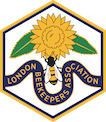
|
London Beekeepers' Association |

|
London Beekeepers' Association |
Flowers by monthBy Mark Patterson BSc Here is a list of some of Mark's recommendations, but there are many other plants that pollinators like too. You might also like to consult the RHS list of bee-friendly plants. The plants suggested here are recommended for garden planting only and are not suitable for planting in wild places such as nature reserves. To do so could be a breach of the Law. For wild areas consult our list of recommended seed suppliers for a supplier specializing in native only plants and seeds. Hover over the photographs for details. January (hover over the photos for details)

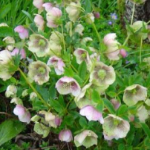

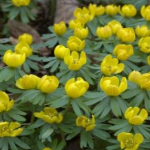
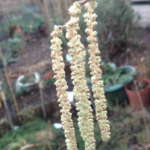
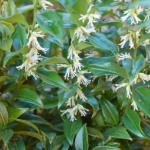
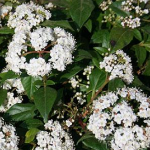
February (hover over the photos for details)







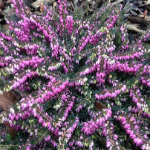

March (hover over the photos for details)
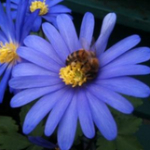

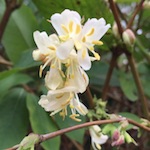
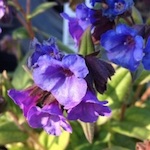
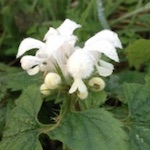
April (hover over the photos for details)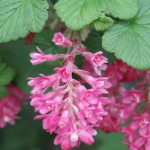
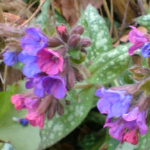

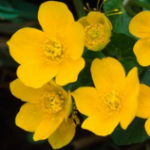

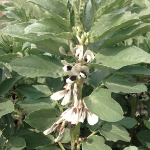
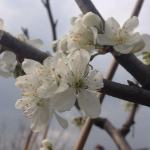
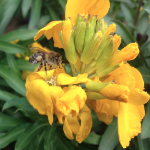
May (hover over the photos for details)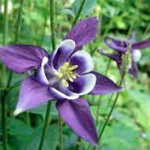

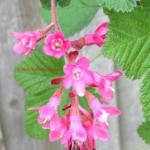
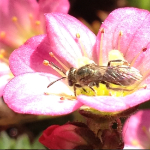

June (hover over the photos for details)Most of the spring flowering trees are now well over, apart from the odd horse and sweet chestnut most flowering trees are now bearing large unripe fruit. 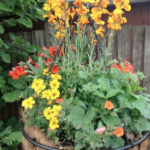



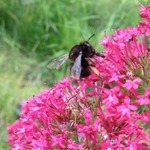
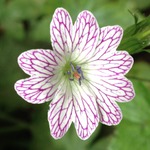
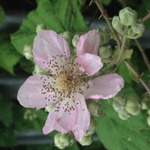
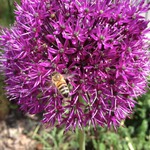
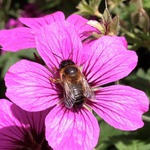
July (hover over the photos for details)Usually the month with the greatest nectar flow where colonies are at their largest. 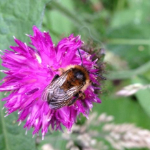

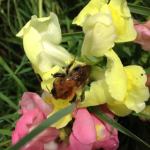
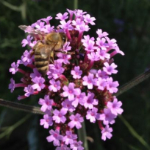

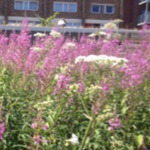
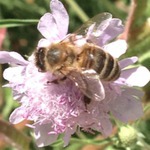
August (hover over the photos for details)Of all the months of the year, August is the time when our bees rely most heavily on urban gardens to sustain their colonies. 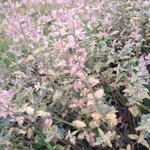
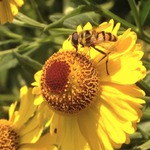
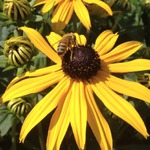
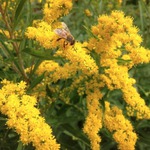
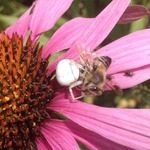
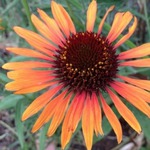
September (hover over the photos for details)September represents the last opportunity for our bees to ensure their larder is well-stocked before the arrival of winter. 



|
©2025 London Beekeepers' Association |